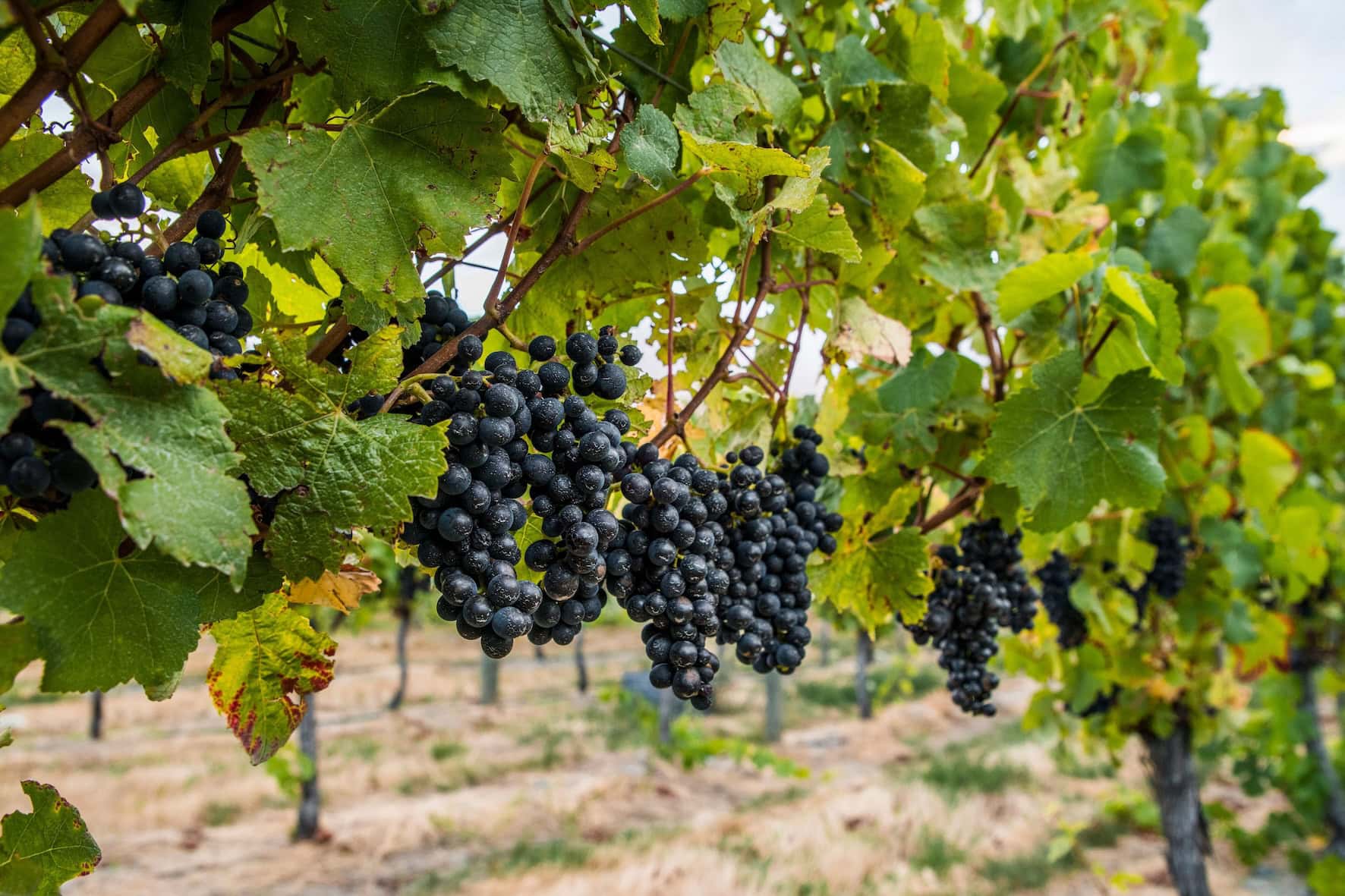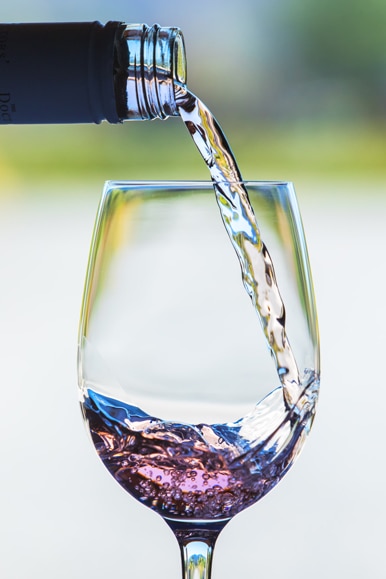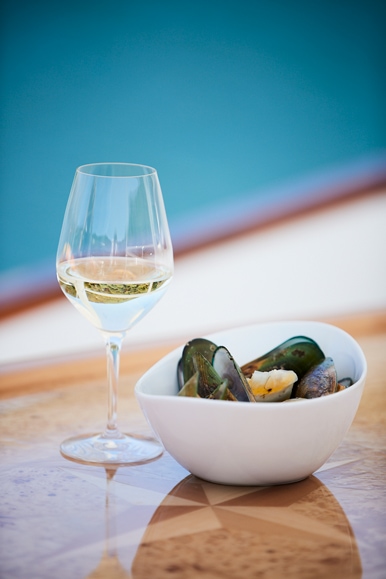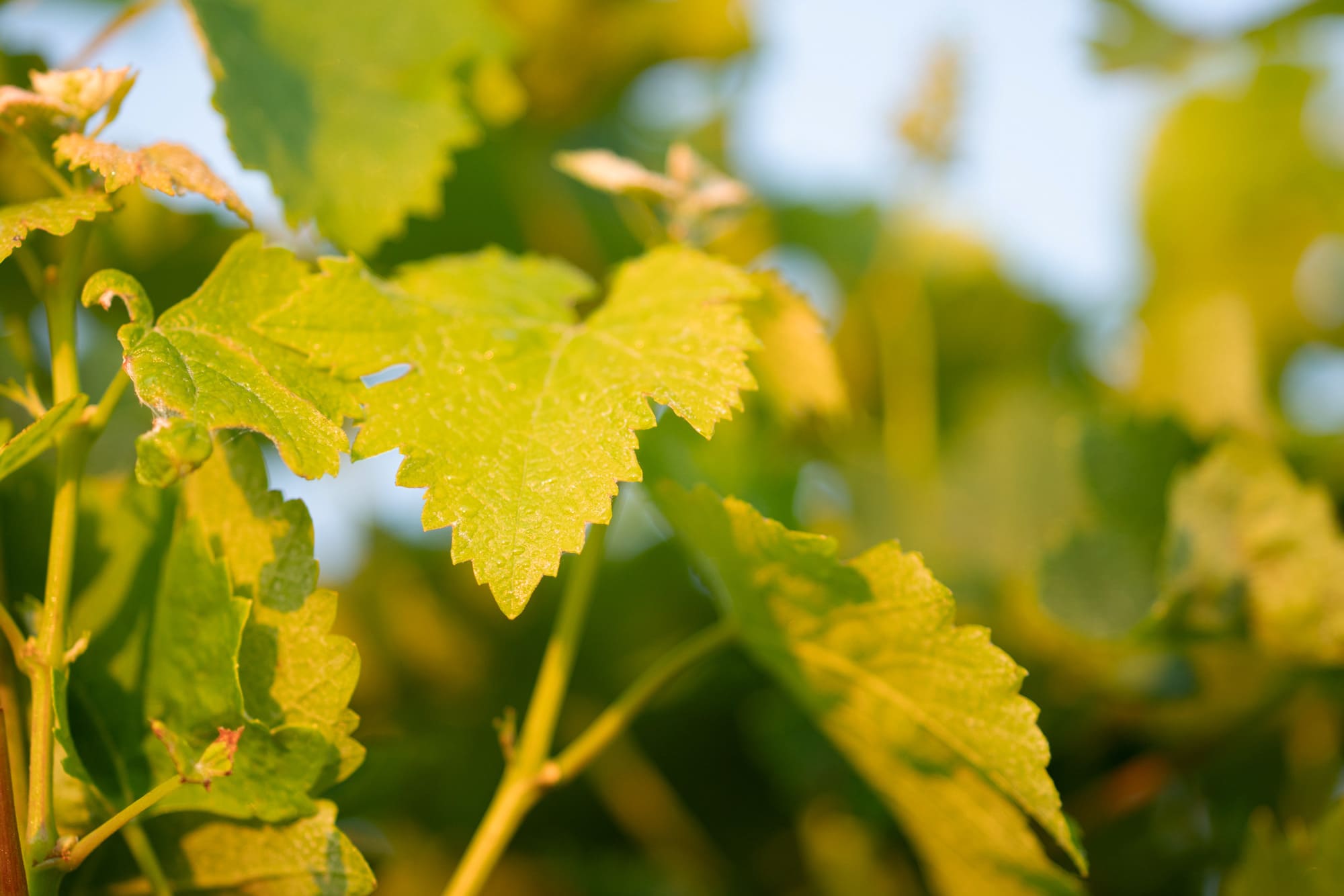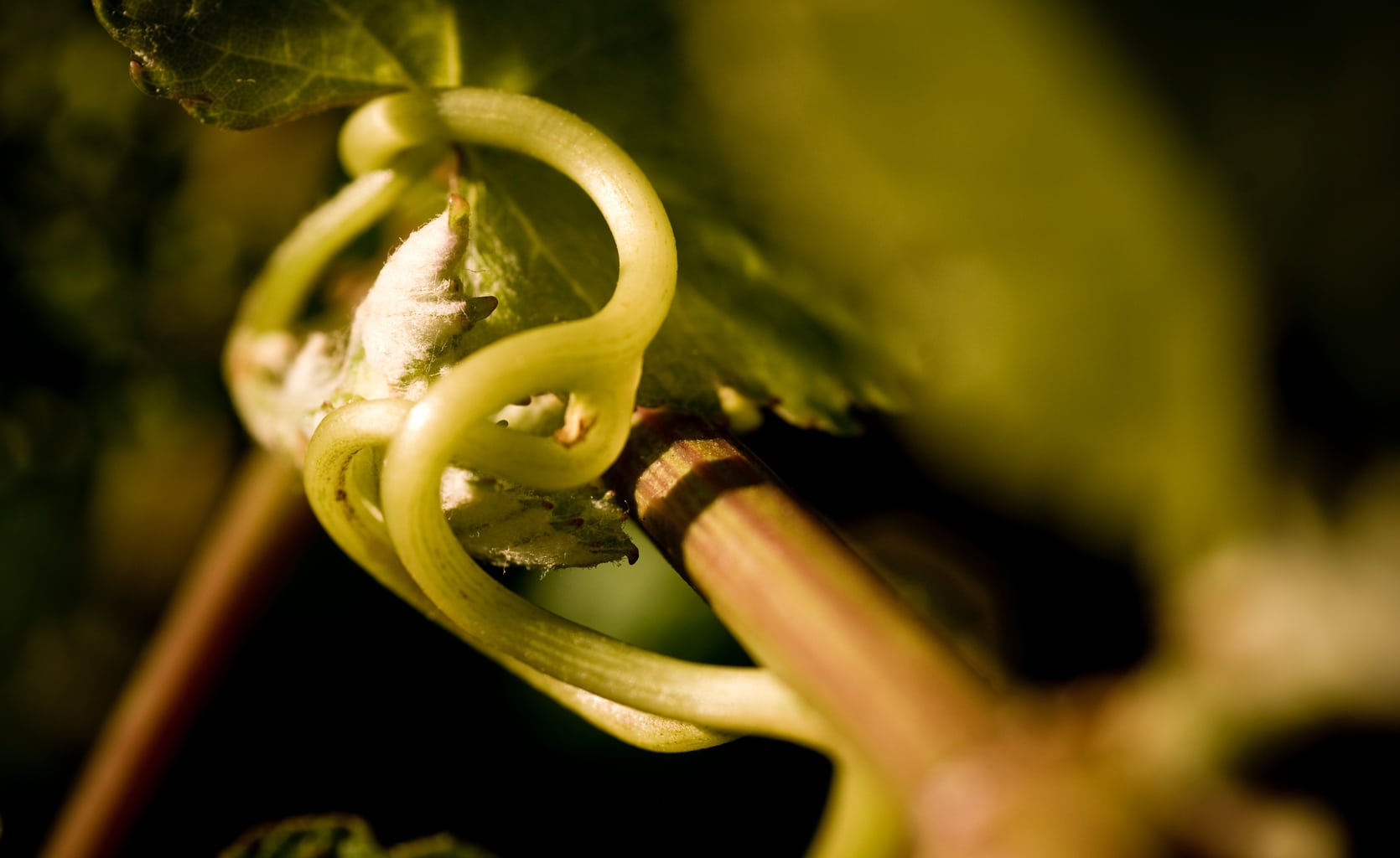Sukhpreet Gill, Rebecca C. Deed, Rebecca E. Jelley, Bruno Fedrizzi
The generation of undesirable off-flavours during fermentation and wine ageing pose a challenge to winemakers. These off-flavours, which include unpleasant aromas such as rotten cabbage and rotten egg, can be attributed to volatile sulfur compounds (VSCs) and are responsible for 30% of all commercial wine faults. However, adding to the complexity, low concentrations of some VSCs are now thought to contribute positively to the overall aroma of wine.
The formation of VSCs can be linked to a number of factors, including the use of sulfur in vineyards, whole bunch fermentation, nitrogen availability, fining agents and wine ageing. Climate change is a major challenge as extreme weather conditions increase disease pressure in vineyards. A growing reliance on and increased use of sulfur-containing fungicides in vineyards as a result could lead to an increase in VSC formation. This project, undertaken by Professor Fedrizzi’s research group at the University of Auckland, in conjunction with Bragato Research Institute, is investigating the formation of VSCs in wine produced under different winemaking conditions and subjected to ageing. These findings will contribute to a better understanding of VSC formation and identify possible mitigation strategies.
The first part of this project investigated on the role of elemental sulfur, YAN availability and the application timing of sulfur dioxide (pre and post crushing) and accelerated ageing on the concentration of VSCs. The second project investigated on the role of elemental sulfur, YAN availability and the inclusion of whole bunch in winemaking on VSC formation. These fermentations were undertaken using BRI’s winemaking research facilities.
The aroma profile of the finished wines and those subjected to ageing were analysed at the University of Auckland. The third project is underway and is investigating the effect of copper and elemental sulfur on the formation of VSCs. The wines, after accelerated ageing, will be analysed for aroma profile at the University of Auckland.
Fermentations were undertaken at BRI which included the use of elemental sulfur at two levels, addition of diammonium phosphate (DAP) to maintain two levels of YAN, and the inclusion of whole bunch (no addition, low percentage, and high percentage). The wines were aged for zero, one, three or four months at 300C. The wine samples were shipped to the University of Auckland and their aroma profile as well as amino acids, varietal thiol precursors and polysulfides were analysed.
Wine ageing impacts concentration of sulfur compounds
Wine ageing influenced the concentration of some key sulfur-containing compounds. For example, the concentration of dimethyl sulfide (DMS) increased significantly during ageing, regardless of fermentation conditions. In the most extreme case, an increase of 3-fold was observed. This VSC is problematic at elevated conditions due to its cabbage or truffle odour above its odour threshold of 10 µg/L. The concentrations of varietal thiol precursor 3-S-glutathionylhexan-1-ol (GSH-3SH) and varietal thiol 3-sulfanylhexan-1-ol (3SH) concentration also increased during wine ageing. On the other hand, the concentration of 3-sulfanylhexyl acetate (3SHA) decreased during this same ageing period. An increase in 3SH (tropical, passionfruit nuances) concentration during ageing has previously been attributed to the hydrolysis of 3SHA (box tree aroma).
Amino acids are important constituents in grapes and are thought to affect the taste and quality of wine. Amino acids play an important role as precursors to aroma compounds such as some esters, higher alcohols, varietal thiols, and VSCs. In this study, the concentrations of isoleucine, tyrosine, threonine, glycine, glutamic acid, aspartic acid, histidine, and arginine increased with ageing while that of phenylalanine, tryptophan, and glutamine decreased. The concentration of some esters (e.g. ethyl isovalerate, ethyl isobutyrate, and ethyl-2-methylbutanoate) and fatty acids increased while other esters (e.g. ethyl decanoate and ethyl octanoate), acetate esters (e.g. isoamyl acetate, and hexyl acetate isovaleric acid, higher alcohols and linalool decreased. These aroma compounds are attributed to fruity and floral characteristics.
Residual elemental sulfur and whole bunch fermentation
The wines produced under conditions of high elemental sulfur had a higher concentration of carbon disulfide and this concentration remained consistently higher during ageing compared its no sulfur counterparts. High elemental sulfur tended to result in higher concentrations of aroma compounds, but this was not observed at all timepoints. A few of the acetate esters (ethyl acetate and beta-phenyl acetate, were present at highest concentrations in wines produced under no sulfur conditions, observed at last timepoint of ageing.
The concentration of varietal thiol precursor Cys-3SH was higher in wines produced with a 75% whole bunch inclusion in fermentation compared to 25% and 0%. The concentrations of diethyldisulfide and ethanethiol were also significantly higher in 75% whole bunch inclusion fermentations when conditions also included high elemental sulfur and high nitrogen. These VSCs are related to each other as diethyl disulfide is the dimer of ethanethiol.
Wine ageing was associated with increased concentrations of many sulfur-containing compounds and other aroma compounds. Whole bunch inclusion in fermentation also resulted in changes in the wine aroma profile. This included the concentration of some VSCs such as diethyl disulfide and ethanethiol which were elevated in wines produced with 75% whole bunch inclusion.
For further information or to discuss potential collaborations, please reach out to us at info@bri.co.nz.
About the project
This collaborative project between the University of Auckland and Bragato Research Institute is investigating the formation of undesirable volatile sulfur compounds under a range of winemaking and ageing conditions. The findings of the study may assist with identifying mitigation strategies in order to reduce the frequency of VSC-related wine faults.


